Best Practices for
Insurance Rate
Disclosures
DRAFT
Example Rate Filing
Checklist
© 2022 National Association of Insurance Commissioners
Page 1
DRAFT

Completed N/A
EXAMPLE RATE/RULE FILING CHECKLIST
1.
Please complete all check boxes on this form or your filing may be returned
“Rejected,” and a resubmission may be necessary.
2. All rate information must be completed on the rate/rule tab without capping.
3.
All proposed rate/rule manual pages must be submitted under the rate/rule
schedule tab for approval.
4.
Complete rate/rule manual with all proposed changes must be submitted under
supporting documents tab as this will be marked informational only. A complete
manual should consist of all corresponding rules for your optional forms, all
rules corresponding to your rating factors, all rating factors, territory definitions
and factors, and all proposed changes to rules and rates.
5.
Provide a histogram on an uncapped basis. If the filing contains more than one
company, please provide a separate histogram for each company.
6.
Provide the characteristics of the insured(s) receiving the maximum rate
increase. If the filing contains more than one company, please provide a
separate histogram for each company.
7.
Provide the average dollar change, the maximum dollar change, and minimum
dollar change on an uncapped basis. If the filing contains more than one
company, please provide a separate histogram for each company.
8.
Please provide our department with a talking points sheet that will assist our
consumer assistance division should we receive consumer complaints regarding
the rate increase. This submission should provide detailed information that we
can share with policyholders that will explain what it is causing this rate
increase.
9.
Please provide us with the breakdown of the permissible loss ratio by coverage
including:
a. Taxes, licenses, and fees
b. Total production expense
c. Underwriting profit
d. Any other fees that comprise the permissible loss ratio
e. Permissible loss ratio
10.
Provide all support and justification exhibits for rate change including how you
derived your overall indication, all support for proposed factor changes, etc.
11.
This checklist item is only required for Personal Auto rate filings: Provide the
percentage breakdown of the rate impact. If the filing contains more than one
company, please provide a separate histogram for each company.
12.
Rates developed using generalized linear modeling or other predictive modeling
techniques must include a detailed narrative of the modeling process. This
should include a description of the modeling data, variable selection process,
data dictionary, model testing & validation, and any judgements made
throughout the process.
13.
If a GLM (Generalized Linear Model) is currently in use, the company must
include the SERFF tracking number of the original GLM filing.
© 2022 National Association of Insurance Commissioners
Page 2
DRAFT
Example Disclosure
Notice for Rate
Increase with Capping
© 2022 National Association of Insurance Commissioners
Page 3
DRAFT

FINAL VERSION OF DISCLOSURE NOTICE
Renewal Premium that is a result of a capping procedure employed by the insured
Instructions to Insurers:
• Each insured receiving at least a 10% premium increase at renewal must receive a
Disclosure Notice.
• This notice must be sent to the insured at least 30 days prior to the renewal date. It may be
included with the renewal notice or may be sent in a separate mailing, or by email if the
insured has elected to receive email notifications.
• The Disclosure Notice must include a listing of the rating factors/characteristics, and the
dollar impact of each rating factor/characteristic on the premium increase, such that at
least 80% of the uncapped premium increase is explained.
o The rating factors should be listed in descending order of dollar impact.
o Note that a “change in underwriting tier” is not acceptable as a rating factor to be
listed. All rating factors/characteristics listed must be such that the insured can
understand its content and determine if they have the ability to mitigate the
increase caused by that rating factor. If multiple rating characteristics define the
underwriting tier, then the premium increase caused by each of those rating
characteristics must be considered separately.
• If an insurer already has a notification process acceptable to the State’s regulator, the
insurer could be allowed to continue to use the process that is in place.
• The following Disclosure Notice is the minimum required notice. Insurers are permitted to
provide additional information if so desired.
Auto Insurance Premium Increase Notice
Your auto insurance premium is increasing.
Your current auto insurance premium [for what period] is $1,175 [how often].
Each insurer files a rating plan with the state insurance department for their approval.
According to the rating plan we filed with your state, your premium would be increased to
$2,121 the next time you renew your policy, which is scheduled for [date].
However, the next time you renew your policy your premium will increase by $88 to $1,257.
Your premium will continue to increase with each of the next [how many] renewals until it
reaches $2,121
© 2022 National Association of Insurance Commissioners
Page 4
DRAFT

Remember that there also are other reasons your auto insurance premium could change in the
future. For example, if you change your coverage, or if your personal characteristics change,
(such as your number of accidents or violations), your premium could increase or decrease.
Here are the major reasons for this increase in your premium, along with the dollar impact of
each of those reasons:
Reasons for your premium increase and the dollar impact
• Reason 1 raised your premium $A
• Reason 2 raised your premium $B
• Reason 3 raised your premium $C
• Reason 4 raised your premium $D
• Reason 5 raised your premium $E
Please call your agent or our Customer Service Representative at (xxx) xxx-xxxx with any
questions.
© 2022 National Association of Insurance Commissioners
Page 5
DRAFT
Example Disclosure
Notice for Rate
Increase without
Capping
© 2022 National Association of Insurance Commissioners
Page 6
DRAFT

FINAL VERSION DISCLOSURE NOTICE
Renewal Premium that is not a result of a capping procedure employed by the insured
Instructions to Insurers:
• Each insured receiving at least a 10% premium increase at renewal must receive a Disclosure
Notice.
• This notice must be sent to the insured at least 30 days prior to the renewal date. It may be
included with the renewal notice or may be sent in a separate mailing, or by email if the insured
has elected to receive email notifications.
• The Disclosure Notice must include a listing of the rating factors/characteristics, and the dollar
impact of each rating factor/characteristic on the premium increase, such that at least 80% of the
premium increase is explained.
o The rating factors should be listed in descending order of dollar impact.
o Note that a “change in underwriting tier” is not acceptable as a rating factor to be listed. All
rating factors/characteristics listed must be such that the insured can understand its
content and determine if they have the ability to mitigate the increase caused by that rating
factor. If multiple rating characteristics define the underwriting tier, then the premium
increase caused by each of those rating characteristics must be considered separately.
• If an insurer already has a notification process acceptable to the State’s regulator, the insurer could
be allowed to continue to use the process that is in place.
• The following Disclosure Notice is the minimum required notice. Insurers are permitted to provide
additional information if so desired.
DISCLOSURE NOTICE
Your current premium is $1,175.
Your renewal premium is $1,250.
Here are the major reasons for this increase in your premium, along with the dollar impact of each of
those reasons:
Reasons for your premium increase and the dollar impact
• Reason 1 raised your premium $A
• Reason 2 raised your premium $B
• Reason 3 raised your premium $C
• Reason 4 raised your premium $D
• Reason 5 raised your premium $E
Please call your agent or our Customer Service Representative at (xxx) xxx-xxxx with any questions.
© 2022 National Association of Insurance Commissioners
Page 7
DRAFT
Examples of Reasons
for Increases
© 2022 National Association of Insurance Commissioners
Page 8
DRAFT
Examples of reasons a premium might increase
[ ] means something for the company to fill in.
• Some are HO specific; some are PPA specific, some work for both
• We increased the amount of [ ] coverage as you requested
• We increased the amount of building coverage to reflect increased building costs
• We increased rates in your geographic area
• We increased base [ ] rates for everyone
• Your insurance credit score has gotten worse
• You added additional coverage for [ ] to your policy
• You added a new vehicle to your policy
• We started using a new rating factor [ ]
• We stopped using a rating factor [ ]
• You lost a discount [ ] you had on your last policy
• You added an additional driver to your policy
• You made [ ] claims in the past [ ] years
• You were in [ ] accidents
• You got [ ] driving tickets and violations
• You let your insurance lapse.
• Your child is now driving age
• Your marital status has changed
• Your address has changed
• Your occupation has changed
• Your criminal history has changed
© 2022 National Association of Insurance Commissioners
Page 9
DRAFT
Consumer Education
Information
Regarding Insurance
Rates - Auto
© 2022 National Association of Insurance Commissioners
Page 10
DRAFT

AUTO INSURANCE UNDERWRITING AND RATING
The way auto insurers determine your how much you pay for insurance is constantly changing.
The process starts with the information you provided on the application. The two parts of the
process are underwriting and rating.
HOW DO INSURERS UNDERWRITE?
The first part of the process is underwriting. Insurance companies underwrite to assess the risk
of insuring an applicant and to group the applicant with others who are similar risks. When
underwriting, the company also decides whether to insure the applicant.
To underwrite an auto insurance policy, insurers want information about certain factors that
might affect your potential to file a claim. Some of these factors, such as age and gender, are
beyond your control. You have control over other factors an insurer considers, including where
your car is and how you use it and the make and model of car you’re insuring.
An underwriter uses information from your application as well as from other sources.
Insurers depend on the information in your policy application. The questions you’re asked when
you apply for insurance help the company assess the likelihood you’ll file a claim.
Insurance companies also get information from other sources. For example, some auto insurers
get information about your credit history from credit bureaus. They also will get information
about your driving record from third-parties, such as the Division of Motor Vehicles, and your
history of filing auto insurance claims from insurance claims databases.
AUTO INSURANCE RATING
After underwriting, the next step is rating the risk. When it rates a risk, the insurance company
applies its rating factors to price the policy. The rating factors are spelled out in the company’s
rating system. Companies have to file their rating systems with their state insurance department
and follow that plan. The company sets a rate for each group of applicants who are similar risks.
A rating factor is a specific characteristic of a potential policyholder used to price auto insurance
premiums. The less risky your rating factors are, the less you will pay for auto insurance.
For more information about the rating factors many insurers use, see Factors Used to Rate Auto
Insurance.
HOW DO INSURERS DETERMINE AUTO INSURANCE PREMIUMS?
Insurance companies use information about you, your vehicle, and your insurance coverage to
decide whether to insure you and how much you’ll pay for auto insurance. They’ll ask you for
some of this information. Sometimes insurance companies also get information about you from
other organizations. All of this information is linked to “factors” or considerations that affect how
much you’ll pay for insurance, or how the insurer “rates” you as an insurance risk.
© 2022 National Association of Insurance Commissioners
Page 11
DRAFT
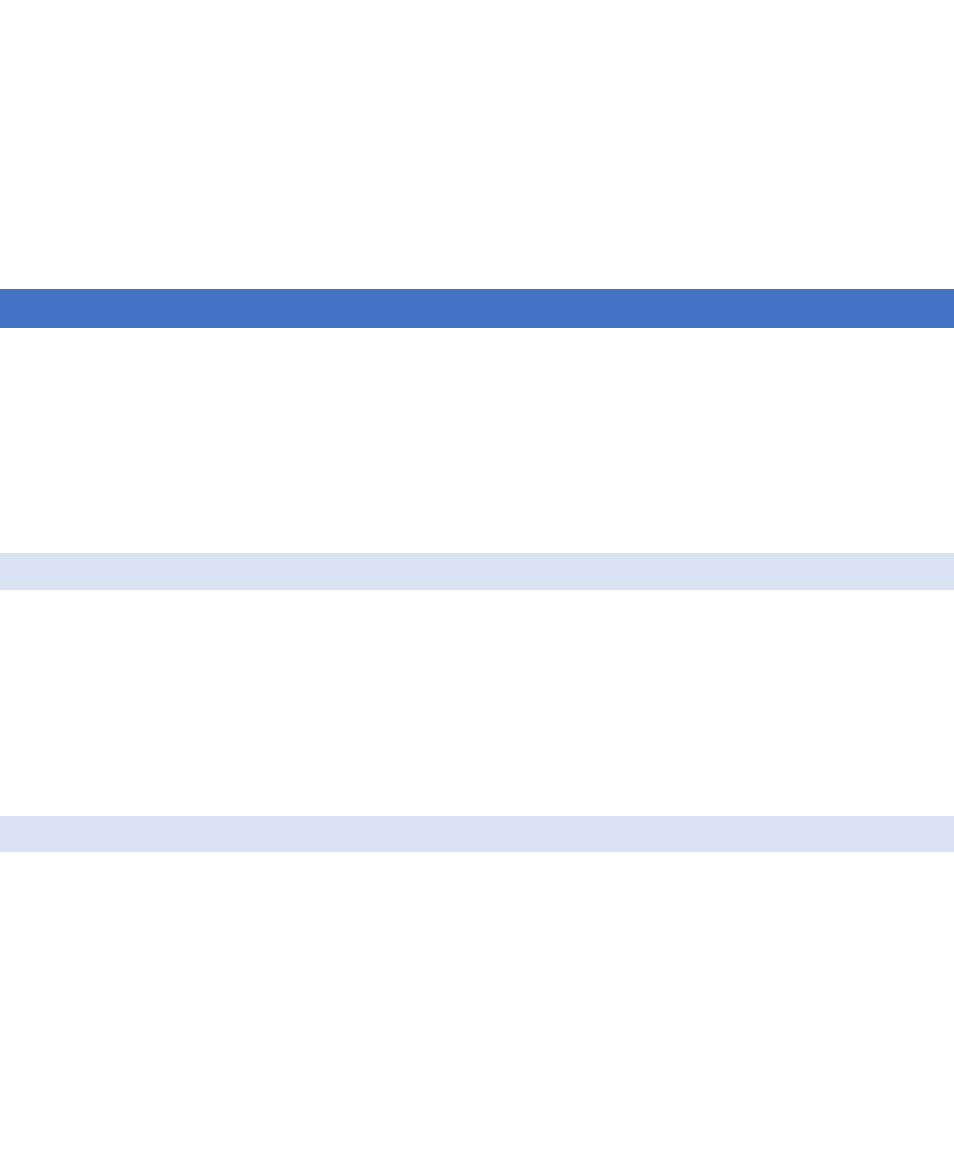
Some factors relate to the driver(s) and some to the type of vehicle you want to insure. Others
are based on the amount and type(s) of coverage you buy. There also are discounts that reduce
the premium.
Different insurance companies use different methods to determine their risk of insuring you.
They may charge different amounts for the same or similar coverage.
Also, some states have different requirements that affect which factors insurers can use. States
also have different requirements about how much insurance you have to buy, which may affect
your cost.
GENERAL INFORMATION
Age, years of driving experience, gender, and marital status are common factors insurers use to
determine how much you pay for insurance. The insurance company gets information about your
driving record and accident history from a third party (such as the Division of Motor Vehicles). In
some states, insurers can’t consider certain factors, such as your gender or age.
What you pay for insurance may be based not just on you but also on all insured drivers in your
household, including those not related by blood, such as roommates.
HOW YOU USE THE VEHICLE
Your insurance premium may vary based on whether you use your vehicle only for pleasure or
drive it back and forth to work. Driving for pleasure means that you drive only occasionally. If you
drive only for pleasure, you may pay less for your insurance.
Most personal auto insurance policies won’t cover accidents if you’re using your car for business
purposes. It’s important to discuss how you use your car when you talk with an insurance agent
or company representative.
GENDER AND AGE
Data show that males have more accidents than females and younger drivers have more
accidents than older and more experienced drivers. That’s why young men traditionally have paid
more for insurance than young women. Inexperienced drivers may pay more regardless of age.
Some states don’t let insurance companies use gender as a factor when they rate insurance.
Insurance companies look at accident statistics for all age groups. What you pay for insurance
may change as you get older.
Some states require insurance companies to give a discount to any primary driver who is older
than age 55 and who voluntarily completes a motor vehicle accident prevention or defensive
driving course approved by the Division of Motor Vehicles.
© 2022 National Association of Insurance Commissioners
Page 12
DRAFT
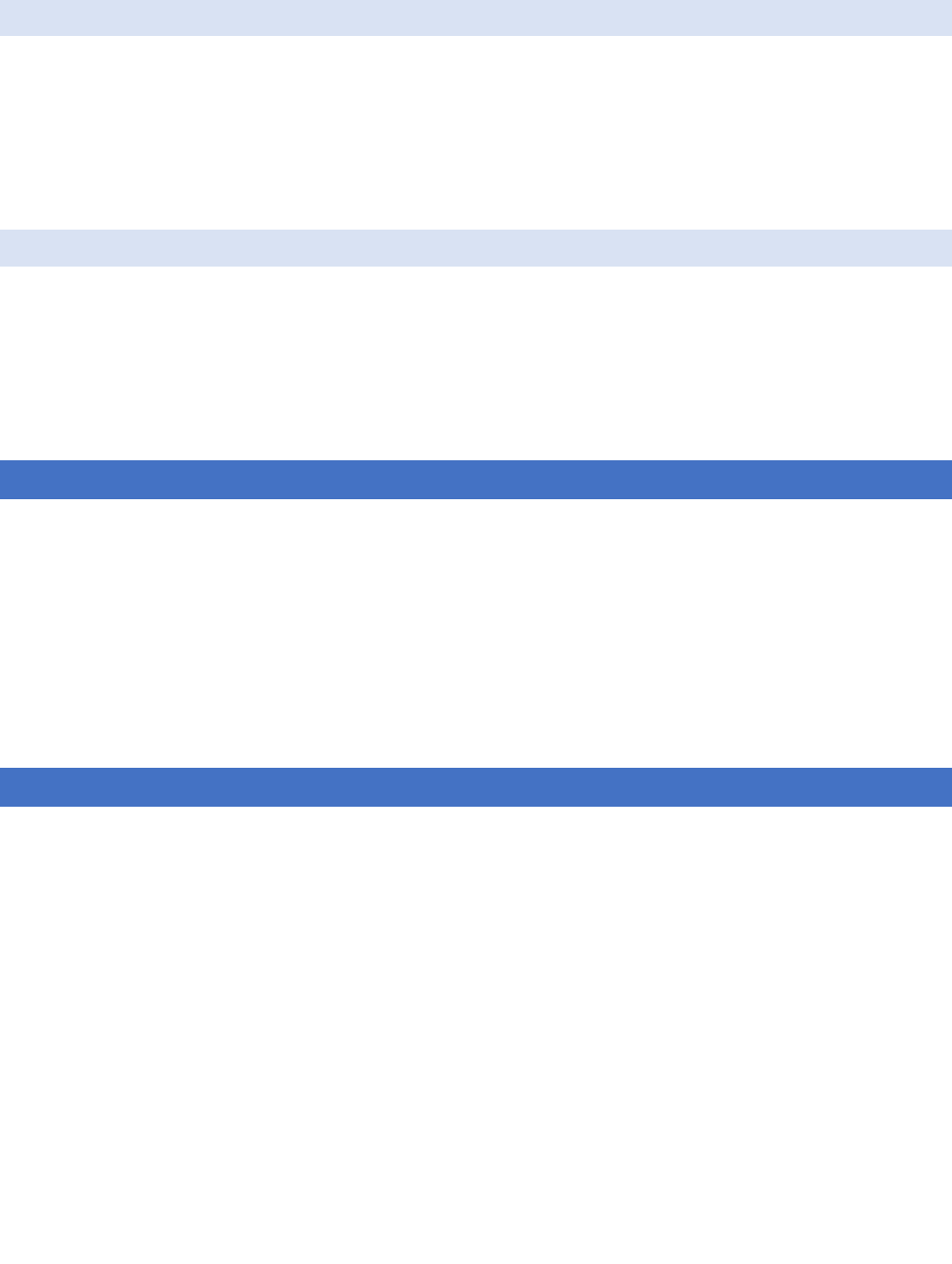
LOCATION
It’s important to tell your insurance company where you keep (or “garage”) your vehicle. You
may pay more or less for insurance based on the zip code or territory where you live or keep your
car.
Some things your insurance company might consider about where you live or keep your car are
accidents, thefts, and weather in the area.
SOCIAL FACTORS
Some states let insurance companies consider your occupation and education to decide how
much you pay for insurance. That’s why an insurance company may ask what you do for a living
and how much school you’ve completed.
In some states, married drivers may pay less for insurance. Also, homeowners may pay less than
renters.
COVERAGE HISTORY
When you apply for insurance, you may be asked about your previous insurance coverage. Most
insurance companies charge you more if you’ve had gaps in coverage.
You may need to supply the name of your previous insurance company(ies), the dates you were
insured, and who insured you in the past. Insurers want to know if a company ever cancelled your
insurance policy for non-payment. Your new insurance company also may ask about your traffic
violations and claims history.
Some states limit the use of prior insurance coverage as a factor when rating a policy.
DRIVING HABITS AND HISTORY
Insurance companies look at your driving record and/or habits and those of others covered by
your insurance policy. Some companies also look at the records of others living in your home.
Typically, your driving record for the past three to five years may impact what you pay for
insurance. Drivers with a poor driving record have a greater chance of being involved in an
accident and may pay more for their insurance.
Drive safely. Nothing affects your auto insurance premium more than how you drive. Insurers
consider drivers with previous violations or at-fault accidents to be a higher risk and may charge
them more for insurance.
Although the company will get your driving record from a third party when you apply for a policy,
it’s important to be honest and truthful when you give the insurer information. Being honest will
mean it’s more likely that your quote will match what you’ll actually pay for your insurance.
If your driving record has improved over the last few years, it may be worth shopping around to
see if you would pay less with another insurance company.
© 2022 National Association of Insurance Commissioners
Page 13
DRAFT

VEHICLE OWNERS AND OPERATORS IN YOUR HOUSEHOLD
Some states may let you exclude a driver from your insurance policy. Others will not. An excluded
driver is a driver that you ask your insurance company not to cover, usually because having them
on your policy will cause you to pay higher premiums. Talk with your agent or insurance company
to learn if this is an option for you. Be aware that if an excluded driver drives your vehicle, you
may have no insurance coverage.
TELEMATICS
Telematics is the use of technology to send and receive information about your car and your
driving behaviors and habits. Many insurance companies use telematics to learn about your
driving behaviors, such as how fast you drive, your braking behaviors, and the distance you drive.
Telematics can work through a mobile app or a Bluetooth device that communicates with your
car’s computer. The insurer may use your driving behaviors and habits to determine how much
you pay for insurance. Telematics also may work directly with your car to record how it performs
and how it’s maintained.
USAGE-BASED PREMIUMS
Some insurance companies may use information from telematics about how you drive or how
much you drive to determine your premium. Pay as You Drive and Pay-per-Mile are two examples
of using telematics to determine premium.
Pay As You Drive. Pay As You Drive uses current information from telematics about your driving
habits to determine what you’ll pay each month. Telematics can track habits such as braking and
speeding, how often you drive, the time of day or night you drive, where you drive, and whether
you use a cell phone while driving. You may be able to log onto the insurance company’s website
to see how your driving habits affect how much you pay.
Insurance companies may give drivers a small discount just for agreeing to participate in a Pay As
You Drive program. Your insurance agent or company representative can give you more
information.
Pay-per-Mile. Typically, insurance companies base what you pay for insurance on an estimate of
how much you drive. In some states, some insurance companies charge a base rate and then add
a “per-mile” fee to determine your premium. Insurance companies use a device installed in your
car to track the number of miles you drive. If you don’t drive often, work from home, use mass
transit, or attend college, this type of policy could save you money. Some companies let you have
this type of policy without a tracking device but require you to send a photo of your odometer
each month.
© 2022 National Association of Insurance Commissioners
Page 14
DRAFT

CREDIT-BASED INSURANCE SCORE
Insurance companies may consider information about your credit when rating your policy. Those
companies use credit-based insurance scores which, like all credit-based scores, predict an
outcome. Credit-based insurance scores predict the likelihood of filing a claim, the amount of a
claim, or the likelihood a policyholder will stay with an insurer or shop around.
Credit-based insurance scores, like other credit scores, are based on your credit payment history,
your current debt, how much new credit you’ve applied for, and what types of credit you have.
Some insurers combine credit information with traditional insurance information, like insurance
history, to create hybrid credit-based insurance scores. In either case, a higher score indicates
you’ll likely pay less for insurance.
Some states restrict or even prohibit the use of credit-based insurance scoring. Where it’s
allowed, some companies may use a credit-based insurance score as a factor when calculating
what you’ll pay for insurance. However, each insurance company may use its own method to
determine your score.
Before you apply for insurance, it’s a good idea to get a copy of your credit report and make sure
the information in it is correct. Bankruptcies, judgments, liens, late payments, and credit inquiries
may mean a lower credit-based insurance score.
If you have a “freeze” on your credit to help prevent identity theft, an insurer won’t be able to
access your credit report. You can temporarily “unfreeze” your credit when you apply. If you
don’t unfreeze your credit, you may pay more for your insurance.
VEHICLE-SPECIFIC FACTORS
The type of vehicle you drive directly affects the cost of your auto insurance. You’ll pay more to
insure cars that cost more to repair or replace. For example, you’ll pay more to insure higher-
value cars, newer cars, and cars that often are stolen. Some examples might be a large SUV or
truck, high-performance sports cars, or vehicles with special features such as all-wheel drive
transmissions and hybrid engines.
AUTO INSURANCE DISCOUNTS
You may pay less for car insurance if you qualify for a discount. To make sure you get the
discounts you qualify for, be sure to ask your agent what discounts the insurance company offers
and how much you could save. When you compare the cost of insurance between different
companies, compare the total cost after any discounts.
Here are some important things to consider:
• Discounts may vary depending on the insurance company and the state where you live;
• Ask about discounts at every policy renewal; and
• If you get quotes from different insurance companies and ask about discounts, you may find
a lower premium for the coverage you want.
© 2022 National Association of Insurance Commissioners
Page 15
DRAFT
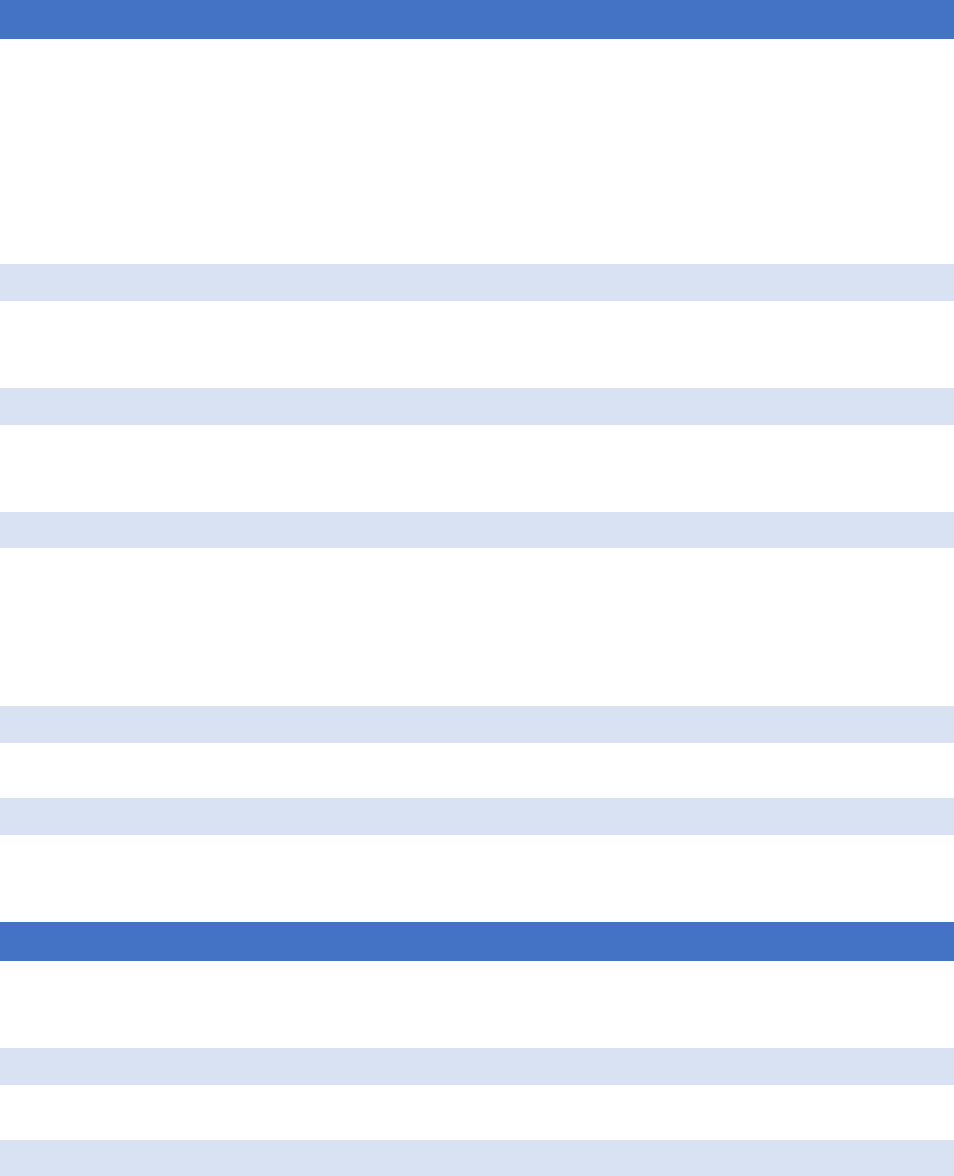
GENERAL DISCOUNTS
Most insurance companies offer various types of discounts. Insurance companies may offer
discounts if you use automated payments or pay your annual premium in full. If you agree to
receive communications electronically instead of mailed paper documents, some companies also
offer a discount.
It’s important to talk to your agent or insurance company about discounts you may be eligible
for.
CONTINUOUS COVERAGE
Insurers may offer discounts if you keep a car continually insured and haven’t had a gap in
coverage.
GROUP MEMBERSHIPS
Some insurance companies may offer a discount if you’re a member of an organization, such as
an alumni or professional association, a union, or other organization.
LOYALTY
Some insurance companies may offer discounts for:
• Renewing your policy for a set number of years; or
• Children who insure with the company their parents use even after they no longer live with
their parents.
MULTIPLE VEHICLES
Most insurance companies offer a discount if you insure more than one car with them.
MULTIPLE POLICIES
Insurance companies may offer discounts if you have your auto and homeowners insurance with
the same insurance company. This often is called bundling or home/auto packages.
DRIVER-SPECIFIC DISCOUNTS
Insurance companies may look at information about each driver on the policy when they choose
the discounts to offer a policyholder.
CLAIM FREE
Companies may offer a discount if you haven’t filed any claims.
DEFENSIVE DRIVER/DRIVER’S EDUCATION
Many companies offer discounts if you’ve completed a defensive driving or driver’s education
course. Discounts for driver education courses are targeted primarily at younger and older
drivers.
© 2022 National Association of Insurance Commissioners
Page 16
DRAFT
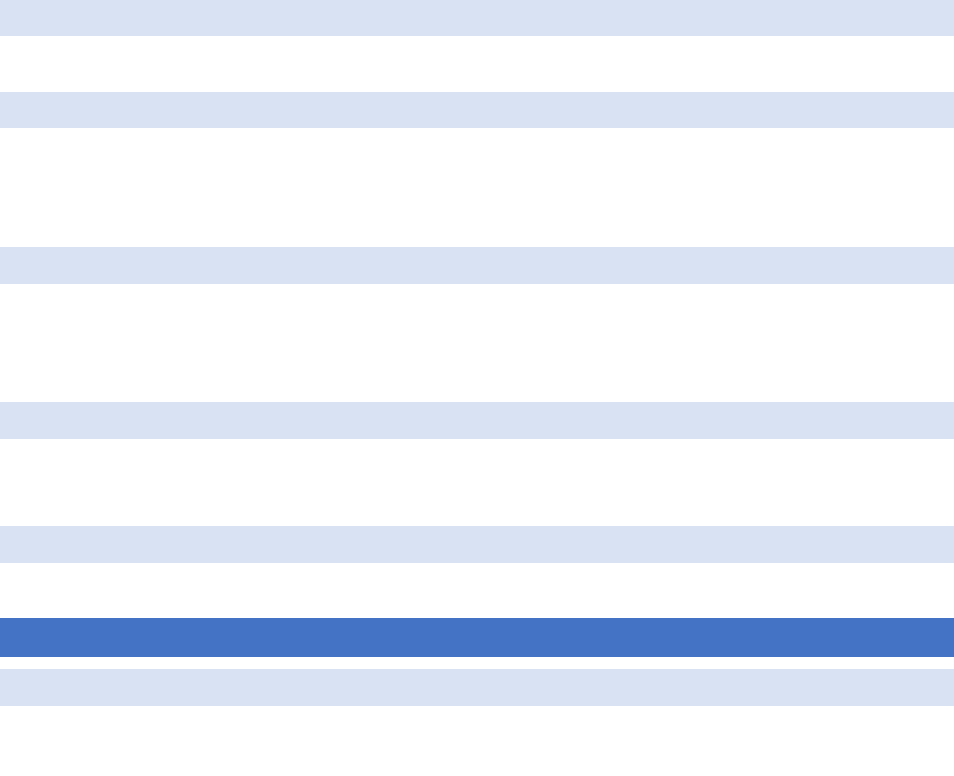
GOOD STUDENT
Some insurance companies offer discounts to students who maintain good grades.
MILEAGE
Driving fewer miles reduces the chance you’ll be in an accident. Many insurers know this and
offer discounts for low mileage drivers. Some companies also may offer discounts to drivers who
participate in carpools.
MILITARY
Some insurance companies offer a discount to members of the military (and often their family
members). Other discounts may be available during deployment if the insured vehicle is kept on
the military base.
NON-SMOKER/NON-DRINKER
Because smoking and drinking can increase the risk of an accident, some insurance companies
offer a non-smoker/non-drinker discount.
SEAT BELT USE
Using your seat belt may qualify you for a discount.
VEHICLE DISCOUNTS
SAFETY DEVICES.
Auto safety devices can reduce insurers’ claims payments to policyholders as they can prevent
accidents or serious vehicle damage or physical injuries. This equipment includes:
• Adaptive Cruise Control
• Adaptive Headlights
• Air Bags
• Anti-Lock Brakes
• Automatic Braking
• Automatic Seat Belts
• Blind Spot Warning
• Daytime Running Lights
• Electronic Stability Control
• Forward Collision Warning
• Lane Departure Warning
• Passive Restraint
© 2022 National Association of Insurance Commissioners
Page 17
DRAFT

ANTI-THEFT DISCOUNT
Devices or systems that reduce theft or vandalism also lower insurers’ claims costs. Many
insurance companies offer discounts for anti-theft devices. Some examples include:
• Active Disabling Device
• Audible Alarm
• Vehicle Recovery
• Vehicle Identification Number Etching
There are a lot of things to consider if you’re trying to lower your costs for auto insurance.
Reviewing A Shopping Tool for Automobile Insurance
1
also can give you some great ideas about
questions to ask your agent.
1
https://www.naic.org/documents/committees_c_trans_read_wg_related_shopping_tool_auto_spreads.pdf
© 2022 National Association of Insurance Commissioners
Page 18
DRAFT
Consumer Education
Information Regarding
Homeowners
Insurance Rates
© 2022 National Association of Insurance Commissioners
Page 19
DRAFT

HOW DO INSURERS DETERMINE YOUR HOMEOWNERS INSURANCE PREMIUM?
Insurance companies use information about you, your home, and your insurance coverage to
decide whether to insure you and how much you’ll pay for homeowners insurance. They’ll get
this information from you and from organizations. All of this information is linked to “factors”
that affect how much you’ll pay for insurance, or how the insurer “rates” you as an insurance
risk. Many of these factors are described below. Different insurance companies may determine
their risk of insuring you in different ways and charge different amounts for the same or similar
coverage.
There may be discounts that reduce your premium.
FACTORS RELATING TO YOU
CLAIMS HISTORY
If you’ve filed homeowners insurance claims, you may pay more for insurance. Your history of
filing claims on all of the homes you’ve lived in will affect how much you pay for homeowners
insurance, even if those claim payments were low. Insurers access the Comprehensive Loss and
Underwriting Exchange (CLUE) database, which reports the number and types of claims you’ve
filed in the last five to seven years. Different insurance companies may treat claims information
differently, so it’s always a good idea to shop around.
CREDIT-BASED INSURANCE SCORE
Insurance companies may use information about your credit history. They use credit-based
insurance scores which, like all credit-based scores, predict an outcome. Credit-based insurance
scores predict the amount of a claim, the likelihood of filing a claim, or the likelihood a
policyholder will stay with an insurer instead of shopping around.
Credit-based insurance scores, like other credit scores, are based on your credit payment history,
your current debt, how much new credit you’ve applied for, and what types of credit you have.
Some insurers combine credit information with traditional insurance information, such as claims
history, to create hybrid credit-based insurance scores. In either case, a higher score indicates
you’ll likely pay less for insurance.
Some states restrict or even ban the use of credit-based insurance scoring. Where it’s allowed,
some companies may use a credit-based insurance score as a factor when they calculate what
you’ll pay for insurance. However, each insurance company may use its own method to
determine your score.
Before you apply for insurance, it’s a good idea to get a copy of your credit report and make sure
the information in it is correct. Bankruptcies, judgments, liens, late payments, and credit inquiries
may mean a lower credit-based insurance score. It’s important to talk to your agent or insurance
company if you’ve had extraordinary life circumstances that might affect your credit, such as
divorce, death of a family member, job loss, military deployment, or serious illness.
© 2022 National Association of Insurance Commissioners
Page 20
DRAFT
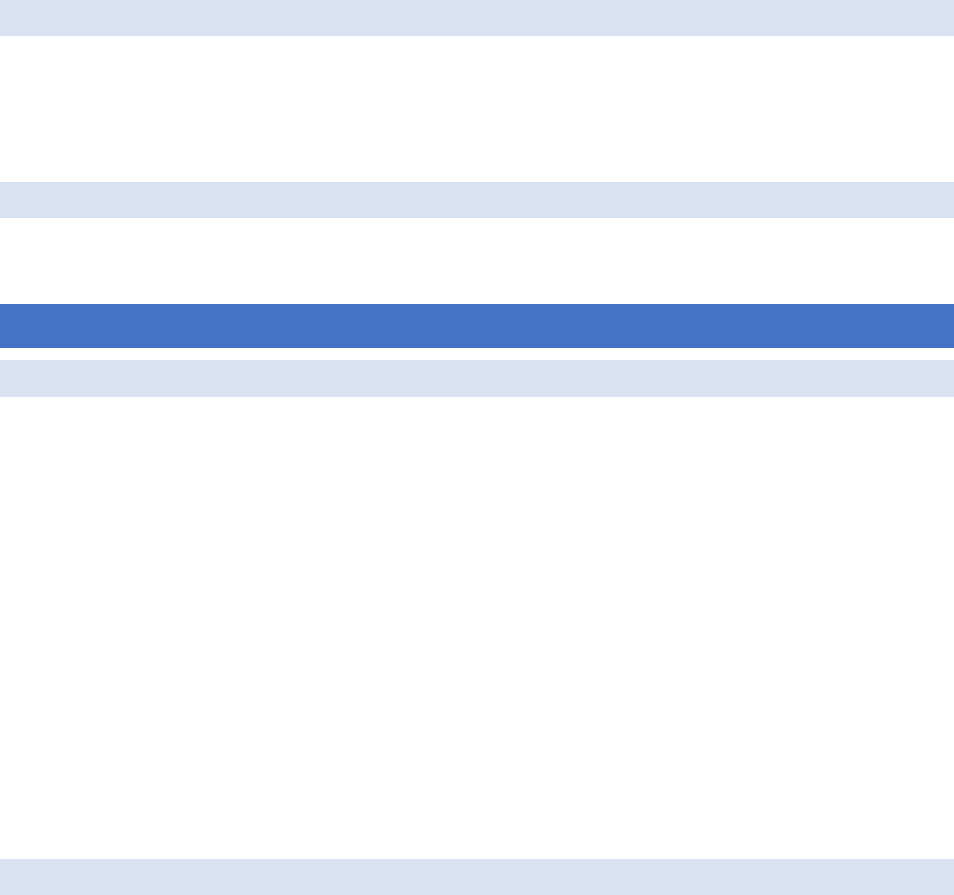
If you have a “freeze” on your credit to help prevent identity theft, an insurer can’t access your
credit report and you may pay more for your insurance. You can temporarily “unfreeze” your
credit when you apply for insurance.
PETS
Insurers consider some pets or breeds of pets aggressive. An aggressive pet increases the risk you
may be legally responsible if someone makes a claim against you for a pet-related injury. Each
insurance company has its own list of pets and breeds that it will or won’t cover, or that may
increase your premium. It’s important to check with your agent or company if you own a pet.
SMOKING
Smoking may increase the risk of a fire in your home. An insurance company most likely will
charge a higher premium if a household member smokes.
FACTORS RELATING TO YOUR POLICY
COVERAGE HISTORY
Insurance companies look at your insurance history to learn if you’ve had continuous coverage
on your home. If you let a policy lapse, you may pay a higher premium on a new homeowners
insurance policy. There’s a lapse in coverage if:
• you don’t pay your insurance bill on or before the date it’s due, or within the grace period if
there is one; or
• you let your current policy end before you buy a new policy.
If you don’t pay your bill on time, your insurance company may:
• cancel your policy and not cover a loss to your home; or
• refuse to continue your policy, which may leave you uninsured.
Also, if you let your insurance coverage lapse and you have a mortgage, your lender may place
you in insurance coverage at your expense. Your premium for a lender-placed policy likely will be
higher and the policy may not provide the same coverage and protections as a policy you buy
yourself.
THE HOMEOWNERS INSURANCE COVERAGE YOU CHOOSE
Your insurance agent or company usually helps you decide what types and amounts of coverage
you need for your homeowners policy. Your policy will cover your home and possessions. It also
may include liability coverage, which protects you against a financial loss if you’re legally
responsible for accidents or injuries that happen on your property.
Your agent may recommend that the coverage for your dwelling should equal what it costs to
rebuild your home and replace your covered possessions. If so, that’s replacement cost coverage.
Another type of coverage is based on actual cash value.
© 2022 National Association of Insurance Commissioners
Page 21
DRAFT

• Actual cash value coverage pays the fair market value of personal property at the time of the
loss. This value usually is the cost to repair or replace the property, less depreciation.
(Depreciation is a deduction for the age of the property and wear and tear.) Actual cash value
coverage pays you for your loss, but often doesn’t pay enough to fully replace or repair the
damage to your property.
• Replacement cost coverage pays the cost to repair or replace your damaged or destroyed
personal property with materials or property of like kind and quality, without a deduction for
depreciation. Most homeowners policies cover the dwelling for replacement cost. But, if you
don’t provide receipts for the cost to repair or replace your home or personal property, the
insurance company may only pay you the actual cash value. The cost of building supplies
might be more now than when you first bought your policy. Review your policy with your
agent at renewal to be sure you have the best coverage you can afford.
Replacement cost and market value are not the same. The market value of a home includes the
price of your land and depends on the real estate market. For more information about these and
other coverages: see the following link (insert shopping guide link).
THE DEDUCTIBLE YOU CHOOSE
A deductible is the money you pay out-of-pocket on a claim before the policy pays the loss. The
deductible applies to coverage for your home and personal property. You pay a deductible for
each claim. Higher policy deductibles mean lower policy premiums. The premium for a policy
with a $1,000 deductible will be lower than the premium for the same policy with a $500
deductible. In some locations, there are also catastrophe deductibles, which are either a fixed
dollar amount or a percentage of the value of the property.
A higher deductible can be a good way to save money on your homeowners insurance premium.
However, be sure you can afford the deductible if you have a loss. You also may submit fewer
claims if you have a higher deductible.
THE RISKS YOUR POLICY COVERS
Peril is an insurance term for a specific risk or reason for a loss. An all perils policy insures your
property against all perils, except those the policy specifically names as not covered. Common
perils excluded are flood and earthquake.
A named perils policy covers your home and personal property against a specific list of reasons
for a loss. Your policy will list the types of losses that it covers. Common examples of covered
losses include fire, theft, and vandalism. Named perils policies offer less coverage than all perils
policies and are less expensive.
COVERAGE YOU ADD
To cover the full value of your possessions, you may need to add coverage to your homeowners
policy. These additions may be called endorsements or riders and will increase your premium.
© 2022 National Association of Insurance Commissioners
Page 22
DRAFT

You may want to add coverage if you have:
• Antiques
• Computer Equipment
• Fine Art
• Firearms
• Jewelry
YOUR HOME’S CHARACTERISTICS
YOUR HOME’S AGE AND CONDITION
If you have an older home, it may cost more to insure. Older homes may have outdated electrical
and plumbing systems which may increase the risk of a loss. Older “historic” homes may require
materials that are hard to find to make repairs or rebuild. If you have an older home, you may
need a special policy and likely will pay a higher premium.
Improvements to your home, such as replacing your roof; upgrading electrical, heating, or
plumbing; or installing a security system, may lower your premium. You should tell your
insurance agent or company about any upgrades you make to your home.
THE SIZE OF YOUR HOME
The size of your home affects what you pay for insurance. Larger homes normally cost more to
insure because they cost more to rebuild or repair. Also, your agent or company may ask about
your basement and what percent is finished.
YOUR HOME’S CONSTRUCTION AND EXTERIOR FEATURES
The material your home is made of affects how your home holds up against a natural disaster
and hazards like wind and fire. For example, homes made with concrete or solid brick exteriors
are less likely to catch fire and are more stable during a storm.
Your home’s roof is its main protection against hail, wind, fire, and other hazards. The age,
condition, material, and shape of your roof are all factors that determine your premium. Homes
with new or newer roofs made of materials that are stable and fire-resistant usually cost less to
insure.
Installing new highly rated fire-resistant siding made of metal, fiber-cement shingles and
clapboards, or masonry can help you pay less for your homeowners insurance, especially in fire-
prone areas.
CUSTOM FEATURES OF THE HOME
If you have a wood-burning or pellet stove, you may pay more for insurance. If you can prove to
your insurance company that a licensed contractor installed your stove and it meets code
requirements, your premium may be lower.
© 2022 National Association of Insurance Commissioners
Page 23
DRAFT
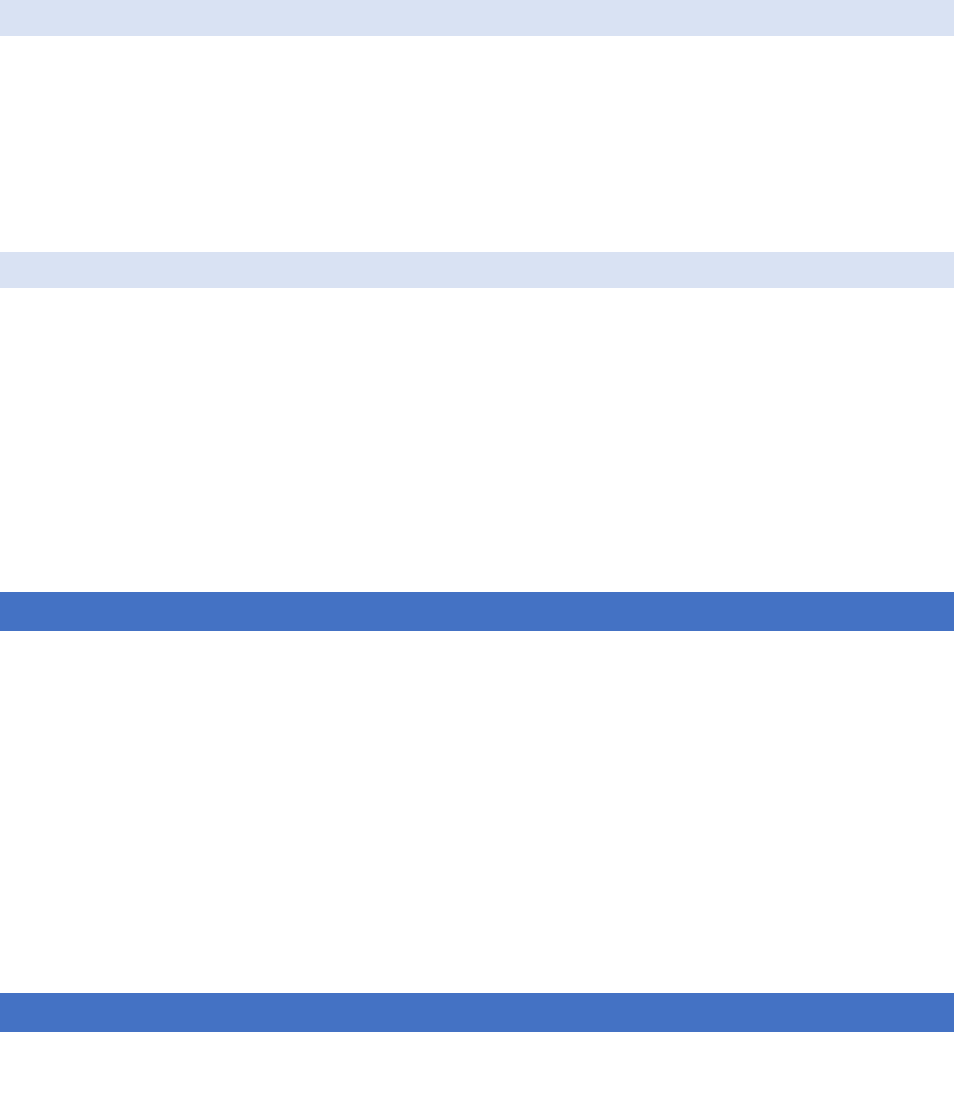
If your home is made from custom, designer, or luxury grade materials, such as high-end marble,
luxury grade cabinets, and expensive lighting, or requires professional craftmanship to rebuild,
you may pay more for your insurance.
WHERE YOU LIVE
Your home’s location affects what you pay for homeowners insurance. If there often are natural
disasters such as hurricanes, tornadoes, or wildfires where you live, your insurance will cost
more.
Insurance companies consider how far you live from a fire station when they calculate your
premium. Living in a city or suburban area, by a body of water, or in an area with high rates of
property crime also will increase your premium.
ATTRACTIVE NUISANCES (FOR EXAMPLE, A SWIMMING POOL) ON YOUR PROPERTY
An attractive nuisance is a dangerous condition that may attract children to a homeowner’s
property and pose a safety risk. Examples of attractive nuisances are a swimming pool, a
trampoline, and a playground. If you have an attractive nuisance on your property, you should
think about buying more liability insurance. You may be liable if someone who doesn’t live with
you is hurt using an attractive nuisance on your property (even if they don’t have your permission
and aren’t using the item appropriately).
Your insurer may require you to install an enclosure or fence around an attractive nuisance. Your
policy also may not cover items such as diving boards or slides. Having an attractive nuisance on
your property likely will increase your premium.
HOMEOWNERS INSURANCE DISCOUNTS
You may pay less for homeowners insurance if you qualify for a discount. To make sure you get
the discounts you qualify for, ask your agent or the insurance company what discounts the
company offers and how much you could save. When you compare the cost of insurance between
different insurance companies, compare the total cost after any discounts.
Here are some important things to consider:
• Discounts may vary depending on the insurance company and the state where you live.
Some insurance companies may not offer discounts at all.
• Ask about discounts at every policy renewal.
• If you get quotes from different insurance companies and ask about discounts, you may find
you’ll pay less for the coverage you want.
GENERAL DISCOUNTS
Most insurance companies offer various types of discounts. The discounts may be tied to how
you pay for your policy, your personal characteristics, and/or your home.
© 2022 National Association of Insurance Commissioners
Page 24
DRAFT
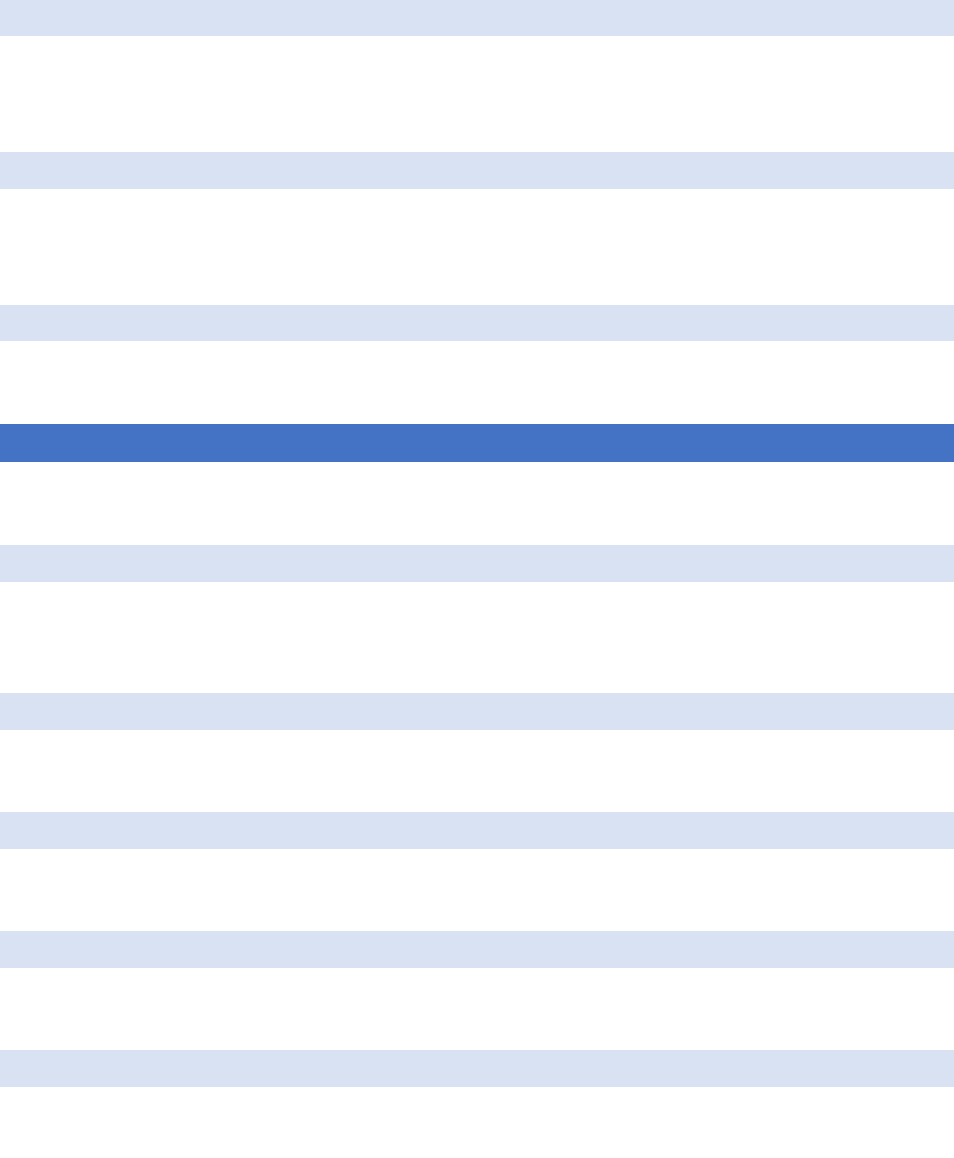
ADVANCE PURCHASE
You may get an Advance Purchase Discount if you shop for your homeowners insurance policy
before the renewal date. Some insurance companies may give you a discount if you give them
seven to ten days’ notice before you switch your homeowners insurance to their company.
PURCHASING AND PAYMENT
Some insurance companies offer discounts if you pay for the full year of insurance in advance,
sign up for electronic payment, or are a new customer. If you agree to electronic communication
instead of paper documents,
MULTIPLE POLICIES
Insurance companies may offer discounts if you have your auto and homeowners insurance with
the same insurance company. This is known as bundling or home/auto packages.
DISCOUNTS SPECIFIC TO YOU AND YOUR POLICY
Insurance companies may look at information about each homeowner on the policy to decide
which discounts to offer.
CLAIM FREE
Insurance companies may offer a discount if you haven’t filed any claims or if you haven’t filed a
claim for a certain number of years. Insurers have different guidelines, so ask your agent or
insurance company if they offer this discount.
PRIOR INSURANCE
This discount may be available to new policyholders. It’s based on the number of years you were
continuously insured by your previous insurance company.
BEING MARRIED OR WIDOWED
Your insurance company may offer a discount if you’re married or widowed. If either applies to
you, ask your agent or insurance company about a discount.
RETIREMENT DISCOUNT
Some insurance companies offer a discount to retired people. They tend to spend more time at
home and will be alerted quickly to emergencies such as fire, water leaks, or burglary.
NON-SMOKER DISCOUNT
Smoking in the home may increase the risk of fire so some insurance companies offer a non-
smoker discount.
© 2022 National Association of Insurance Commissioners
Page 25
DRAFT
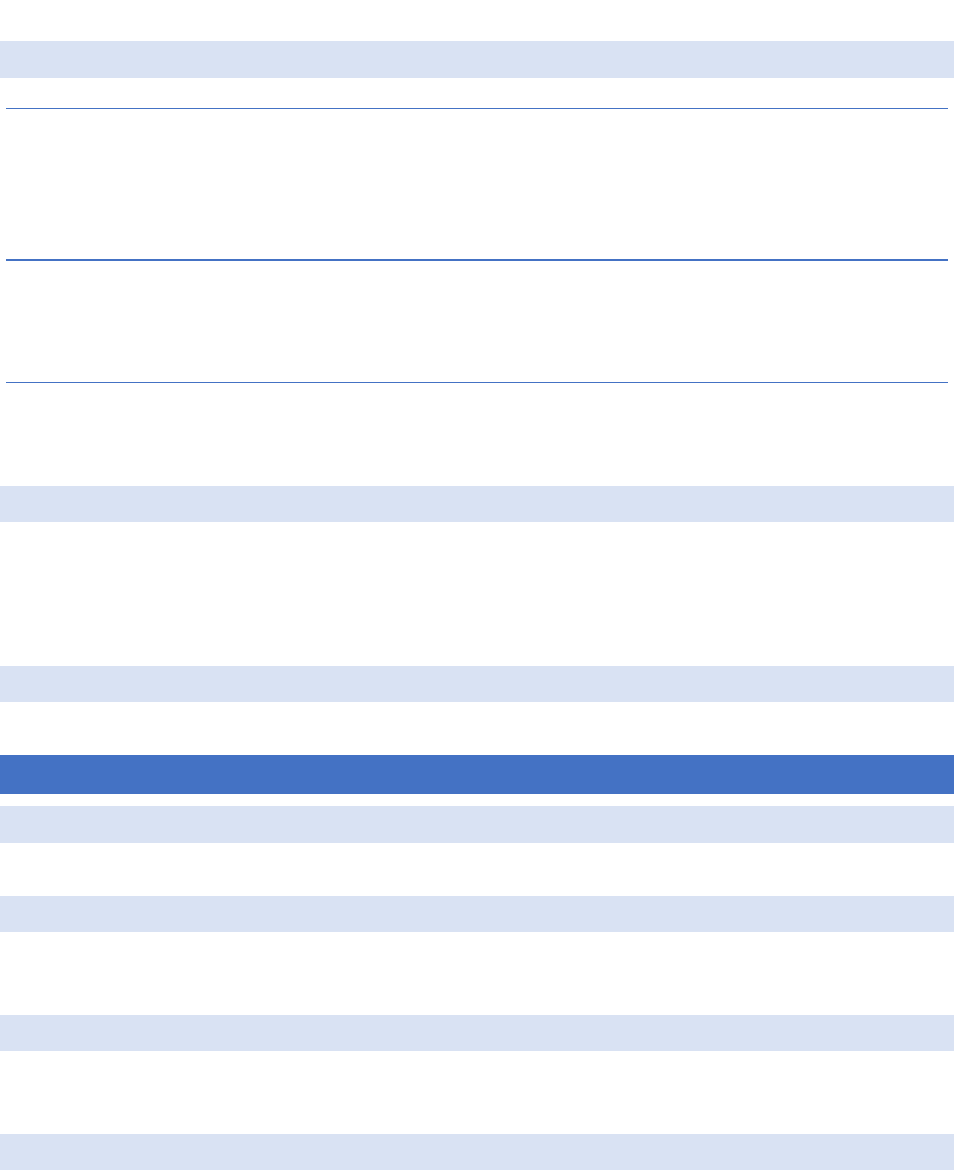
GROUP MEMBERSHIPS
MILITARY
Some insurance companies offer a discount to active, retired, reserve, and honorably discharged
members of the military (and often their family members). This discount isn’t available in all
states. Ask your agent or insurance company if this discount is available to you.
ASSOCIATIONS
Some insurance companies offer a discount if you’re a member of an organization, such as an
alumni or professional association or a union.
OCCUPATION
Some insurance companies offer a discount to people who hold certain jobs, such as first
responders, teachers, and nurses.
LOYALTY (5-10 YEARS OR MORE)
Some insurance companies offer discounts if you:
• Renew your policy for a specified number of years
• No longer live with your parents, but keep the same insurance company
REPLACEMENT COST
If you insure your home for 100% of the cost to replace it, you might be eligible for a discount.
DISCOUNTS RELATING TO YOUR HOME
AGE OF HOME
If your home is less than 10 years old, insurance companies may offer you a discount.
CONSTRUCTION TYPE
If your home is built from materials such as brick, stucco, metal, or concrete, you may be eligible
for a discount.
NEW OR RENOVATED HOME DISCOUNT
If you bought a new home or a renovated home with upgraded electrical or plumbing, you may
be eligible for a discount.
ROOF AGE DISCOUNT
Some insurance companies give a discount based on the age of your roof. If your home has a
newer roof, or an impact-resistant roof, you may qualify for a discount.
© 2022 National Association of Insurance Commissioners
Page 26
DRAFT

ACCREDITED BUILDER DISCOUNT
If your home’s builder is on the insurance company’s “accredited builder” list, you might be
eligible for a discount. This discount may last for only five years after your home is built.
HOMEOWNERS ASSOCIATION (HOA)
Some insurance companies offer a discount if you live in a neighborhood that has an HOA.
LIVING IN A GATED COMMUNITY
Living in a gated community (with or without security patrols) offers an extra level of security and
might make you eligible for a discount.
FIRE AND SAFETY PROTECTION
Your insurance company may offer a discount if your home has qualifying fire or theft protection.
Some of these include:
• Smoke detectors
• Sprinkler system
• Fire alarm
• Security alarm
• Backup generator
• Smart technology that alerts a homeowner about a fire, water leak, or burglary.
• Deadbolt locks
WATER LEAK DETECTION
Having a system in place to prevent water leaks may qualify you for a discount. Discounts depend
on how advanced the detection system is, so ask your agent or insurance company.
MITIGATION DISCOUNTS
If you live in an area that’s likely to have severe weather or wildfires, your insurance company
may give you a discount if you take measures to protect your home. For example, things like
storm shutters, a reinforced door, or shatterproof glass reduce damage from high winds.
If your home is in an area at risk for wildfires, you may receive a discount if you take steps to
mitigate damage from wildfires. This includes using concrete or other fire-resistant materials for
your home’s structure and creating an area around your home that reduces fire risks.
© 2022 National Association of Insurance Commissioners
Page 27
DRAFT
